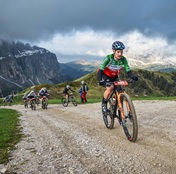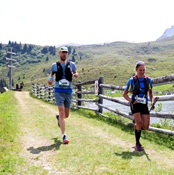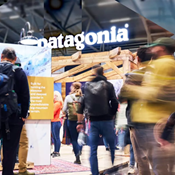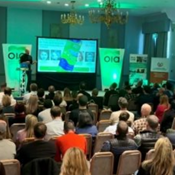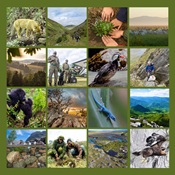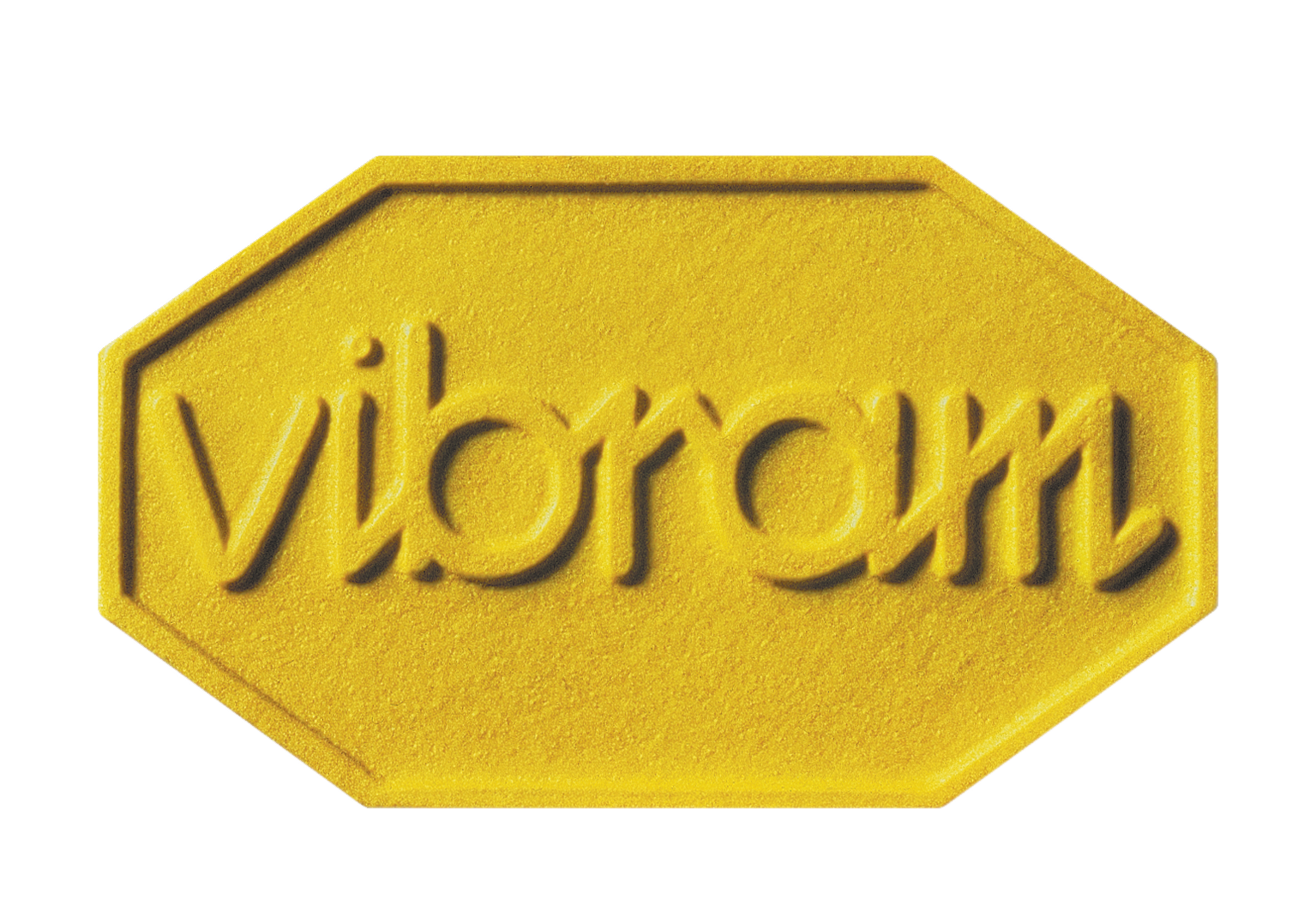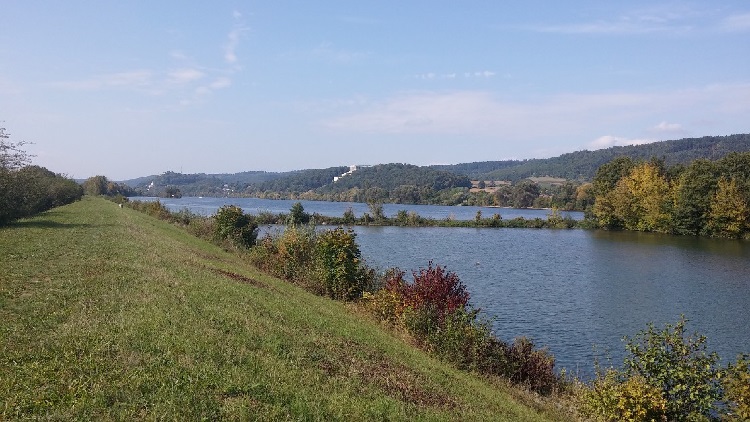
At the maximum glory of the Roman Empire, the emperors gave a great push to commerce among the various regions and provinces belonging to Rome. They built strategic long roads which connected the empire from north to south, east to west. One of them was the Claudia Augusta, requested by emperor Claudio to link the important port of Altino, in the northern Adriatic sea (not very far from the lagoon where Venice would rise, some centuries later), to one of the most traffic fluvial ways in Europe, the Danube, running through the German territory. Here, departed or arrived huge amounts of wood, leathers and other goods which were spread all over the colossal roman agglomeration.
Forgotten and abandoned after the medieval decadence of any communication route, the Claudia Augusta is now seeing a precious rediscovery, mostly for touristic and environmental issues. In fact, its itinerary, starting from the imperial city of Donauwörth and ending right in Venice, is getting more and more crowded by a mass of cyclo-tourists and trekkers completing the whole journey (some 600 km). We decided to challenge the walk, which is divided in 29 stages of more or less 6 to 7 hours trek each, departing from the German city on the Danube; for each stage it is possible to find an arrival station where we can choose a place to rest and discover the local delikatessen; the same thing happened to antiques, because at the end of the walking day, they were used to find a place to eat and rest, baths and a little temple for their prayers.
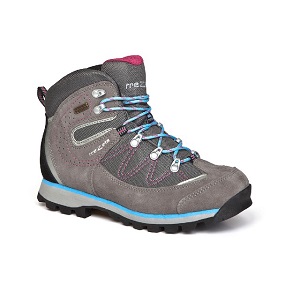 For utmost comfort and adequate support alongside the route, we chose to wear a pair of Trezeta Annette Evo WP boots, built with a specific women’s last, with suede leather and mesh inserts upper combined with Water Stopper membrane blocking water infiltrations and outer elements. We needed more support and comfort to avoid more stress on foot plant, and those boots are exceptional at it, with a microporous wedge, light and cushioning, whilst the Vibram® Winkler Evo outsole provides traction and sticky feeling in every condition we are going to face on the route, with roads, mixed mountains and hill terrains and tracks.
For utmost comfort and adequate support alongside the route, we chose to wear a pair of Trezeta Annette Evo WP boots, built with a specific women’s last, with suede leather and mesh inserts upper combined with Water Stopper membrane blocking water infiltrations and outer elements. We needed more support and comfort to avoid more stress on foot plant, and those boots are exceptional at it, with a microporous wedge, light and cushioning, whilst the Vibram® Winkler Evo outsole provides traction and sticky feeling in every condition we are going to face on the route, with roads, mixed mountains and hill terrains and tracks.
The lands we cross are awesome: the lower part of Bavaria, with larch and fir forests and the addictive warmth of village gasthof, but also nice medieval town like Landsberg am Lech, or the ancient city of Augsburg, the old capital of the roman province. Then, stepping over the Fernpass we reach Austrian Tyrol and we immediately walk in the river Inn valley, which goes around the mountains through nice little town, to turn decisively right and climb the Reschenpass (the highest point of the itinerary) to finally enter Italy. Here we trek a nice path in Vinschgau between mountains and apple trees, discovering the amazing breakfast with local smoked speck and brown bread with cumin. We see the walls of Glurns, Unesco heritage, and the white marbles of Lasa, close to Schlanders. Once in Meran, we have to stop to the local brewery, known all over Europe. Then we continue to Trento, where the itinerary has crossroads: it is possible to decide whether to go to Venice, crossing Valsugana and the Treviso province, or to go further south through Vallagarina, Valpolicella and the Verona lowland to reach Ostiglia sul Po, another important fluvial antique junction. We choose the classic route athwart the nice Valsugana valley, then the medieval town of Feltre, thence amid the Prosecco hills of Treviso province to finally reach the old port of Altino, now in mainland, and visit the important local history museum. We finished our walk in the expected time, with tired feet but still undamaged, thanks to superior protection and comfort provided by our beloved Trezeta.
INFO: Trezeta


